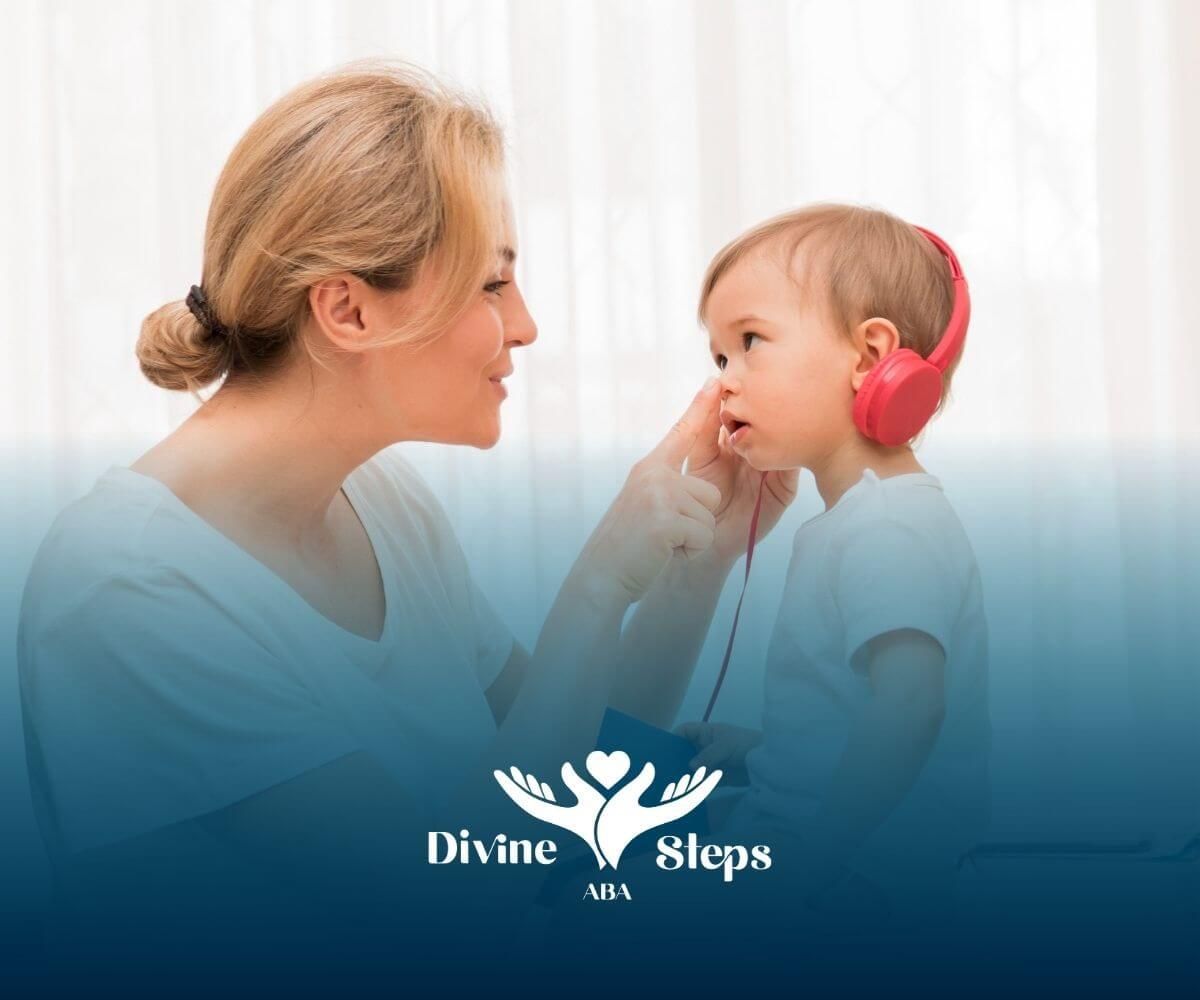Website by CWS
What Parents Should Know About Autism Symptoms in Children
Autism symptoms in children can emerge as subtle clues or more noticeable patterns during early development. The Centers for Disease Control and Prevention reports that about 1 in 36 children is diagnosed with autism in the United States. Recognizing these signs as early as possible helps families access support services and therapies that promote communication, social skills, and overall well-being.
This article outlines common indicators across developmental milestones, social communication, repetitive behaviors, and sensory processing. It also reviews screening guidelines and offers strategies for parents, educators, and professionals to guide a supportive evaluation process.
Early Developmental Signs
In many cases, initial indicators of autism spectrum disorder appear between 12 and 24 months of age. Families may notice one or more of these early developmental signs:
- Delayed speech or lack of babbling
- Limited eye contact during interactions
- Unusual play patterns, such as lining up toys instead of imaginative play
- Prolonged attachment to specific objects
- Fussiness or difficulty soothing compared with peers
Toddlers at risk for autism spectrum disorder often show unexpected reactions to sounds, tastes, or textures, and may display repetitive movements such as hand-flapping or body rocking. Some children become deeply focused on a single toy or object, carrying it for extended periods and resisting separation.
Speech and Language Delays
Speech development varies widely among children with autism. Some may not begin speaking by 18 months, while others might develop phrases late or exhibit inconsistent language during stress. Parents may observe:
- Limited use of single words or two-word phrases by 2 years
- Loss of previously acquired speech skills
- Difficulty initiating or maintaining a conversation
Delays in expressive and receptive language often co-occur with challenges in nonverbal communication, which can complicate early interactions.
Play and Social Interest
Typical toddler play evolves from simple exploration to pretend play, yet children on the spectrum may:
- Avoid make-believe scenarios
- Use toys in unconventional ways, such as spinning wheels exclusively
- Show little interest in games like “peek-a-boo” or “pat-a-cake”
These atypical play patterns can indicate broader social communication differences that warrant further assessment.
Social Communication Differences
Social interaction challenges and differences in communication are core characteristics of autism. Families and educators should watch for these signs:
Eye Contact and Gestures
- Limited or fleeting eye contact
- Rare use of pointing to share interest
- Minimal waving, nodding, or other common social gestures
Difficulty interpreting and using nonverbal cues often leads to misunderstandings in everyday situations, such as failing to recognize a raised eyebrow or a friendly smile.
Response to Name and Vocal Cues
Many children with autism do not consistently respond when their name is called or may seem unaware of conversations around them. They may also:
- Struggle to take conversational turns
- Interpret language literally, missing jokes or sarcasm
- Have difficulty understanding idioms or figurative phrases
Such challenges can affect classroom participation and peer interactions, making early intervention critical.
Peer Interaction and Empathy
Children on the spectrum frequently show:
- A preference for solitary activities
- Difficulty sharing emotions or recognizing others’ feelings
- Uneven patterns of friendship, such as bonding only with adults or younger children
Recognizing these patterns allows parents and professionals to tailor social skills training and peer-mediated support.
Repetitive Behaviors and Interests
Restricted and repetitive patterns of behavior are one of two diagnostic criteria for autism in the DSM-5. These behaviors must be unusual in intensity or focus and cause distress when routines change. Common presentations include:
- Repetitive body movements (hand-flapping, rocking)
- Insistence on following strict routines and rituals
- Intense or narrowly focused interests (for example, memorizing license plates)
Stereotyped behaviors often increase under stress or excitement and may serve as self-comforting mechanisms. While some repetitive interests provide joy and confidence, others can interfere with learning and social engagement.
Lower-Level and Higher-Level Behaviors
Lower-level repetitive behaviors involve simple motor movements, whereas higher-level behaviors relate to rigid thinking or attention. Examples include:
| Behavior Type | Examples |
|---|---|
| Lower-Level RRBs | Hand-flapping, rocking, spinning objects |
| Higher-Level RRBs | Strict routines, fixated interests, counting |
Understanding the difference guides interventions, such as Applied Behavior Analysis or structured teaching, while respecting the child’s interests and dignity.
Sensory Sensitivities
Sensory processing differences can manifest as either hypersensitivity (over-responsiveness) or hyposensitivity (under-responsiveness) to environmental stimuli. Each child’s profile is unique, so careful observation is essential.
Hypersensitivity (Over-Responsiveness)
Children who are hypersensitive may:
- Cover their ears in response to loud sounds
- Avoid bright lights or certain light wavelengths (LED or fluorescent)
- Resist particular textures in clothing or foods
These reactions can lead to anxiety, withdrawal, or meltdowns in everyday settings.
Hyposensitivity (Under-Responsiveness)
Children who are hyposensitive might:
- Seek strong sensory input, such as tight hugs or deep pressure
- Prefer loud music and bright colors
- Fail to notice pain or temperature changes
Sensory seeking behaviors help maintain an internal sense of balance. Accommodations like sensory breaks or weighted blankets can improve comfort and focus.
Managing Sensory Overload
When sensory demands exceed coping abilities, children may experience overload, leading to distress and difficulty communicating. Strategies to reduce overload include:
- Creating calm spaces with dim lighting
- Providing noise-reducing headphones
- Offering predictable sensory activities, such as swinging or fidget tools
Supporting sensory needs is a crucial part of an effective autism intervention plan.
Diagnosis Recommendations
Early and accurate diagnosis opens doors to tailored therapies, educational supports, and community resources. Key steps in the evaluation process include:
Screening Guidelines
The American Academy of Pediatrics recommends developmental screening at 9 months, 18 months, and 30 months, with specific autism screenings at 18 and 24 months. Standardized tools, such as the Modified Checklist for Autism in Toddlers (M-CHAT), help identify children at risk.
Professional Assessment
A comprehensive evaluation typically involves:
- Developmental history and parent interviews
- Observation of social interaction, play, and communication
- Standardized tests for language, cognition, and motor skills
- Medical examination to rule out other conditions
Qualified professionals—such as developmental pediatricians, child psychologists, or speech-language pathologists—collaborate to reach a reliable diagnosis, often by age 2.
Gender Differences in Presentation
Autism symptoms may appear differently in girls, who often display subtler repetitive behaviors and stronger social imitation, which can lead to delayed or missed diagnoses. Awareness of these variations ensures more equitable evaluation for all children.
Supporting a Child
Following diagnosis, a coordinated approach helps children build skills and confidence. Effective supports include:
- Individualized Education Plans (IEPs): Tailored goals and accommodations in school settings
- Early Intervention Services: Speech, occupational, and behavioral therapies
- Parent Training and Support: Guidance on communication strategies and home routines
- Community Resources: Local support groups, recreational programs, and respite services
Collaboration among families, educators, and clinicians fosters consistency and maximizes progress.
Conclusion
Recognizing autism symptoms in children involves careful observation across developmental, social, behavioral, and sensory domains. Early screening and professional assessment pave the way for targeted interventions that promote communication, social skills, and emotional resilience. By identifying needs promptly and building supportive environments, caregivers and professionals can help each child reach their full potential.
At Divine Steps ABA, we offer personalized, evidence-based ABA therapy to support children at all stages of development across Maryland, Virginia, and North Carolina. If you're noticing early signs of autism or seeking a trusted therapy provider, our compassionate team is here to help. Contact us today for a free consultation and learn how we can support your child’s growth from the very first step.
Frequently Asked Questions
What are the early signs of autism in young children?
Common early signs include limited eye contact, delayed speech, repetitive behaviors (such as hand-flapping), lack of interest in social play, and difficulty responding to their name. These signs often appear before age 3.
When should I talk to a doctor about autism symptoms?
If you notice any developmental delays or behaviors that seem different from typical milestones—especially in communication or social interaction—it’s best to bring your concerns to your child’s pediatrician as early as possible.
How can ABA therapy help children who show early signs of autism?
ABA therapy focuses on teaching essential skills such as communication, social interaction, and emotional regulation. When started early, ABA can significantly improve long-term outcomes by building a strong foundation for learning and independence.
SOURCES:
https://neurosciences.ucsd.edu/centers-programs/autism/early/signs.html
https://www.nhs.uk/conditions/autism/signs/children/
https://raisingchildren.net.au/autism/behaviour/understanding-behaviour/sensory-sensitivities-asd
https://educationonline.ku.edu/community/social-difficulties-in-autism-spectrum-disorder
https://www.autism.org.uk/advice-and-guidance/topics/about-autism/autism-and-communication
https://pmc.ncbi.nlm.nih.gov/articles/PMC5538881/
https://www.autismspeaks.org/signs-autism\
https://www.hhs.texas.gov/services/disability/autism/autism-training-opportunities/autism-spectrum-disorders-training-program-first-responders/module-4-common-behavior-characteristics-individuals-autism-spectrum-disorder-asd




